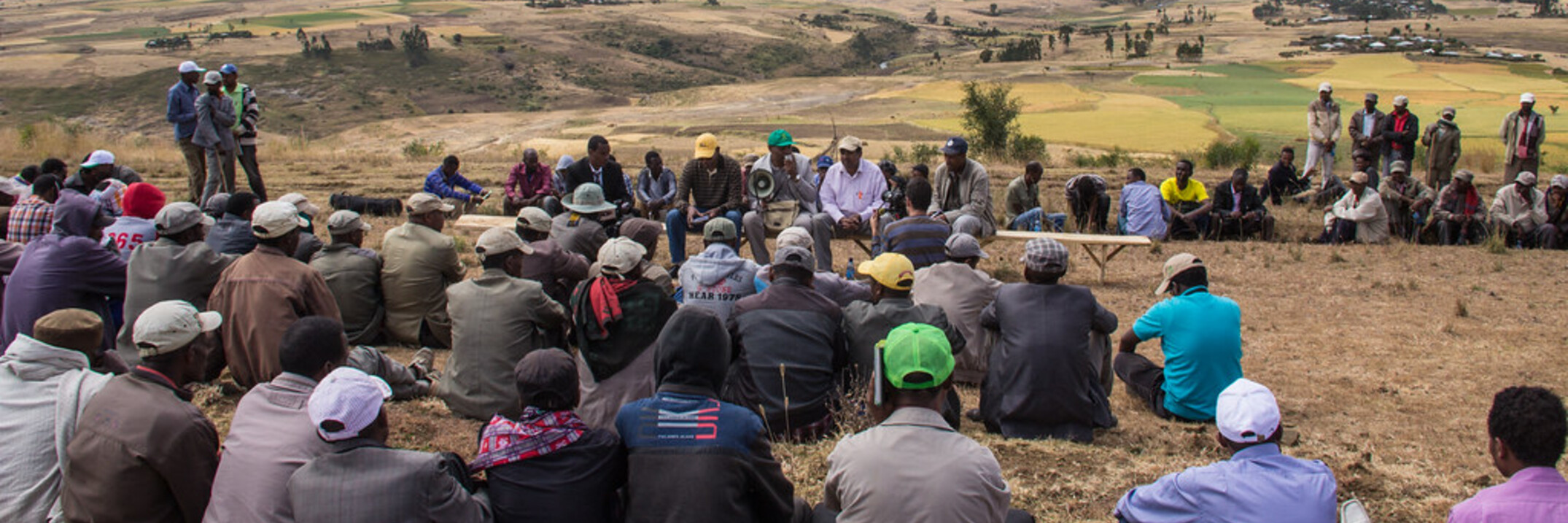This study aims to develop at different seasons, for local North
African Maure goats, synchronizing protocols simultaneously
to the standard ‘S’ protocol using progestagens in association
with prostaglandins and gonadotropin. In late May, 40 goats...


